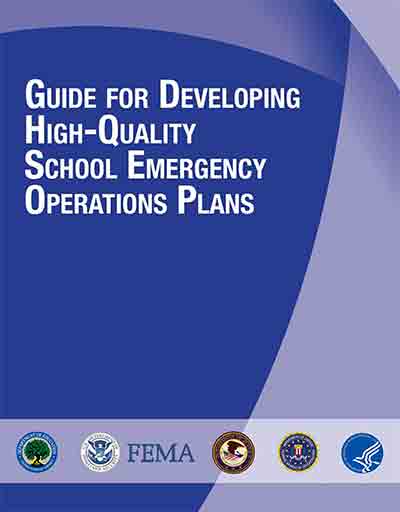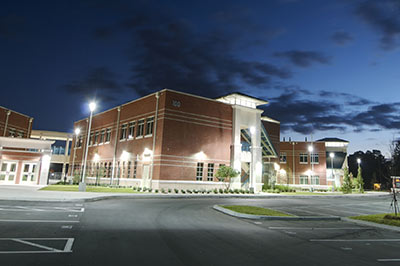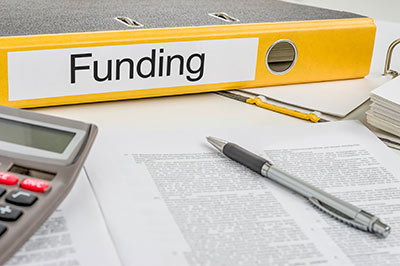Mary Filardo, Jared Bernstein, and Ross Eisenbrey, 2011. The average U.S. public school building is 40 years old, and many are much older. The cost of maintaining nearly 100,000 public schools and facilities in good repair is enormous. According to the Government Accountability Office and the American Society of Civil Engineers, school districts have been under-spending on maintenance and repair for many years. Chronic deferred maintenance and repair can lead to energy inefficiencies, unsafe drinking water, water damage and moldy environments, poor air quality, inadequate fire alarms and fire safety, compromised building security, and structural dangers.
A national project to address this backlog could create hundreds of thousands of jobs, including jobs for construction workers, building technicians, boiler repairmen, electrical workers, roofers, plumbers, glaziers, painters, plasterers, laborers, and tile setters. It could also lead to the direct hire of building maintenance workers to help slow or prevent the deterioration of buildings and building systems, while generating new savings through energy conservation.











